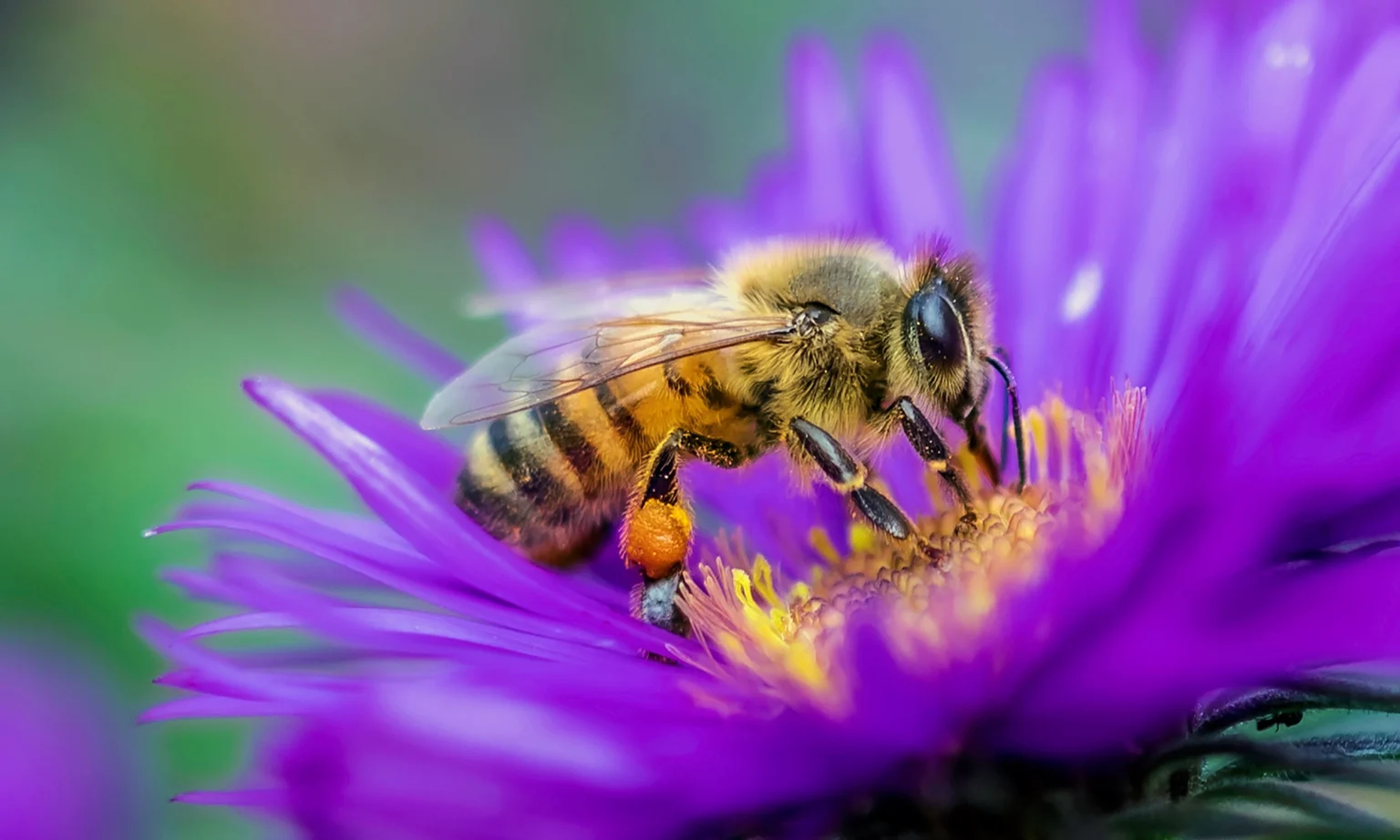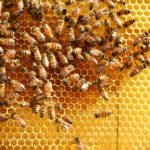Purple Honey in North Carolina: Nature’s Sweetest Mystery
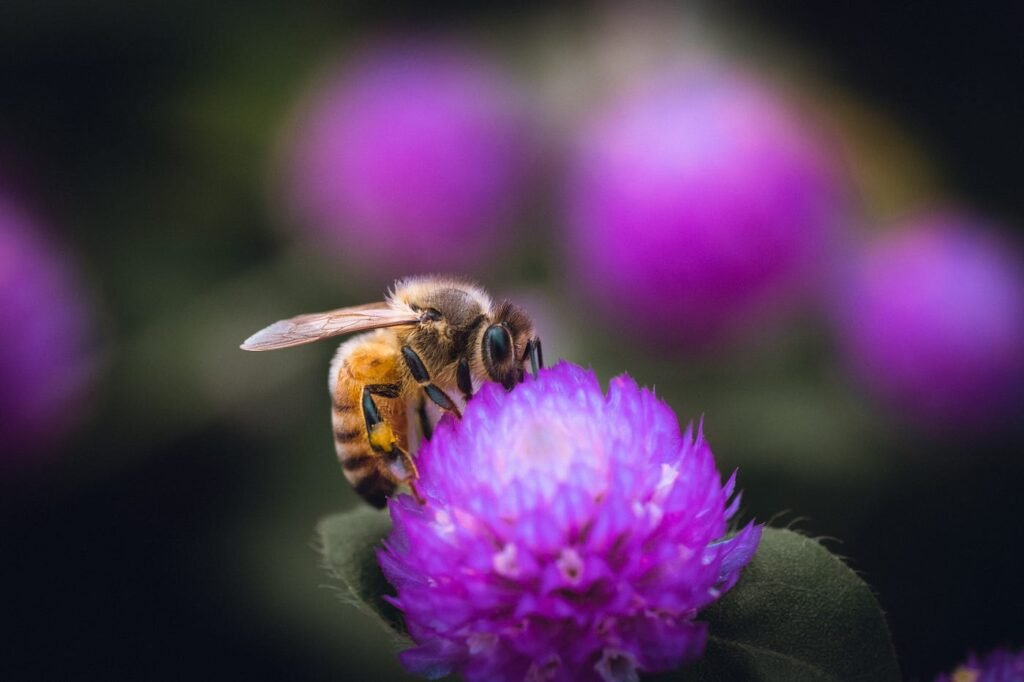
Deep within the Sandhills of North Carolina, a natural marvel leaves beekeepers, scientists, and visitors utterly mystified. Known as purple honey, this rare, violet-hued delight defies logic and science. It’s found only in select pockets of North Carolina, and even then, only when conditions—known only to the bees—align. With no known definitive cause behind its color or appearance, purple honey in North Carolina has become the stuff of legend and curiosity.
The Sandhills: Home of Rare Purple Honey and Wild Beauty
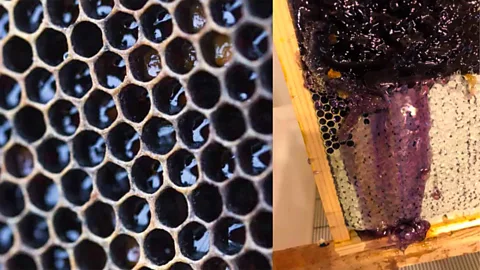
The Sandhills, located between Raleigh and Charlotte, are defined by their unique geological past. Once coastline, the region is now home to endangered species like the Carolina gopher frog and the southern hognose snake. But its ecological diversity doesn’t stop with fauna—it also breeds botanical mystery. It’s in this richly biodiverse terrain that the purple honey emerges.
Theories Behind Purple Honey in North Carolina’s Unique Hue
Despite numerous theories, no one knows for sure what gives purple honey in North Carolina its distinctive color. Paige Burns, a local agricultural extension director, suggests possible culprits: soil alkalinity, wild berries, and even the notorious kudzu vine. Each theory has its advocates, but no explanation has been universally accepted.
What Causes Purple Honey in North Carolina? Drought, Berries, or Kudzu?
Apiarist Don Dees of Dees Bees Apiary believes the phenomenon may be linked to drought-like conditions and the consumption of blue-black huckleberries by bees when traditional blooms are scarce. Meanwhile, others like master beekeeper Rusty Burlew attribute the hue to kudzu, pointing to anecdotal and environmental clues. Yet, the scientific community remains unconvinced, and the mystery deepens.
The Unique Taste of Purple Honey in North Carolina
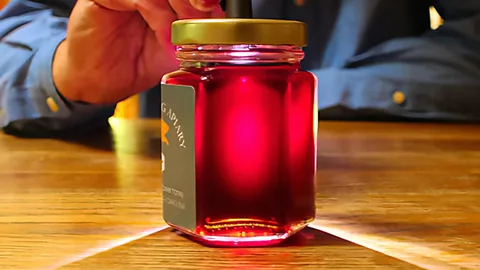
Described by some as having a “grape-y” or jammy flavor, purple honey doesn’t just look different—it tastes distinct, too. Beekeepers often report that its texture and sweetness differ from typical amber honey, giving it gourmet appeal and a high market value. A small jar can cost as much as $75, reflecting both its rarity and its mystique.
When and Where to Find It
If you’re hoping to find purple honey in North Carolina, aim to visit during the summer months, particularly July. Beekeepers usually update their offerings on social media platforms as soon as the elusive honey is harvested. It’s a seasonal wonder with no guarantees—one year it appears; for the next ten, it may not.
A Beekeeper’s Dilemma
Even seasoned apiarists struggle to predict purple honey yields. Burns shared her own frustration: her neighbor, located just two miles away, frequently harvests purple honey, while she has never seen it in her hives. This inconsistency is part of what fuels its allure.
The Cultural Fascination
The mystery of purple honey in North Carolina has not only captivated locals but also drawn the attention of travelers, culinary experts, and folklore enthusiasts. Some consider it edible folklore—a regional treasure wrapped in myth and soil.
Eco-tourism and Conservation
The increasing curiosity around purple honey is also bolstering eco-tourism in the Sandhills. Visitors come for outdoor adventures, wildlife sightings, and now, a taste of this enigmatic treat. It has unintentionally become an ambassador for regional conservation efforts, drawing attention to endangered species and delicate habitats.
Why the Mystery Matters
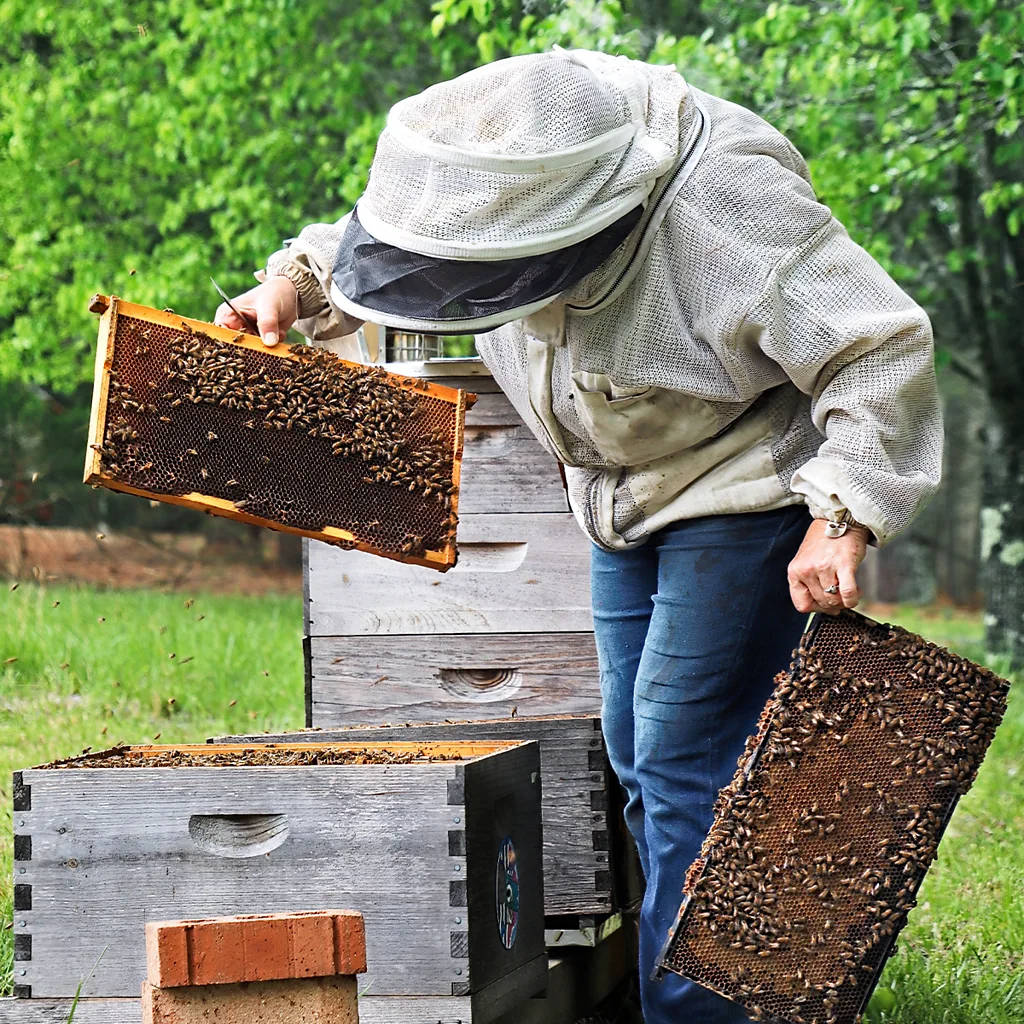
In an age where scientific knowledge is expanding rapidly, the unsolved mystery of purple honey in North Carolina reminds us that nature still holds secrets. It’s a humbling, beautiful reminder of how much we have yet to learn.
Final Thoughts: A Taste Worth the Trip
There’s something profoundly poetic about a place that keeps its secrets—even from the people who live closest to it. Standing in a longleaf pine forest, hearing the hum of busy bees and hoping, just hoping, to glimpse that violet stream of honey is an experience of pure wonder. Whether you find it or not, the journey alone is worth it.
